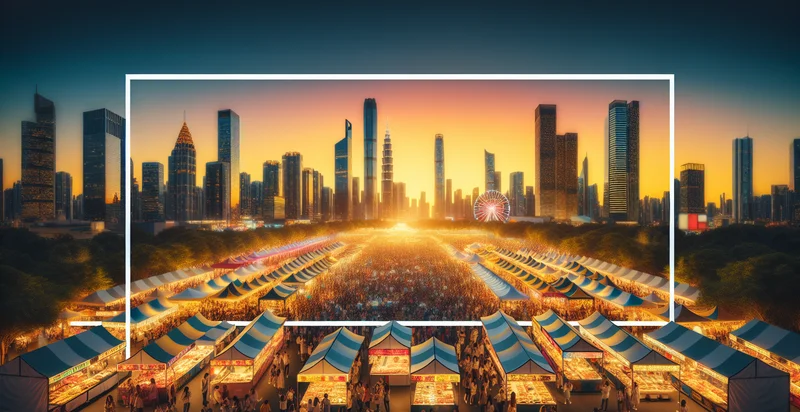Identify skyline tourism potential
using AI
Below is a free classifier to identify skyline tourism potential. Just input your text, and our AI will predict the potential for skyline tourism in various locations - in just seconds.

Contact us for API access
Or, use Nyckel to build highly-accurate custom classifiers in just minutes. No PhD required.
Get started
import nyckel
credentials = nyckel.Credentials("YOUR_CLIENT_ID", "YOUR_CLIENT_SECRET")
nyckel.invoke("skyline-tourism-potential", "your_text_here", credentials)
fetch('https://www.nyckel.com/v1/functions/skyline-tourism-potential/invoke', {
method: 'POST',
headers: {
'Authorization': 'Bearer ' + 'YOUR_BEARER_TOKEN',
'Content-Type': 'application/json',
},
body: JSON.stringify(
{"data": "your_text_here"}
)
})
.then(response => response.json())
.then(data => console.log(data));
curl -X POST \
-H "Content-Type: application/json" \
-H "Authorization: Bearer YOUR_BEARER_TOKEN" \
-d '{"data": "your_text_here"}' \
https://www.nyckel.com/v1/functions/skyline-tourism-potential/invoke
How this classifier works
To start, input the text that you'd like analyzed. Our AI tool will then predict the potential for skyline tourism in various locations.
This pretrained text model uses a Nyckel-created dataset and has 21 labels, including Accessibility, Adventure Tourism, Community Engagement, Culinary Tourism, Cultural Landmarks, Eco-Tourism, Event Tourism, Heritage Tourism, High Potential and Local Infrastructure.
We'll also show a confidence score (the higher the number, the more confident the AI model is around the potential for skyline tourism in various locations).
Whether you're just curious or building skyline tourism potential detection into your application, we hope our classifier proves helpful.
Related Classifiers
Need to identify skyline tourism potential at scale?
Get API or Zapier access to this classifier for free. It's perfect for:
- Destination Marketing: This function can help tourism boards analyze social media content and online reviews to identify potential tourist interests in skyline attractions. By categorizing sentiments and feedback, destinations can tailor marketing campaigns to emphasize their urban landscapes effectively.
- Data-Driven Investment: Investors in real estate and hospitality can use the skyline tourism potential identifier to assess which urban areas may attract tourists in the future. By analyzing patterns and trends, they can make informed decisions about where to invest in new hotels, restaurants, or attractions.
- Event Planning: Organizers of large-scale events, such as festivals or conferences, can utilize this function to identify cities with high skyline tourism potential that may also attract significant visitor numbers. This can enhance the event’s success by ensuring it takes place in a visually appealing and engaging location.
- Urban Development: City planners can leverage skyline tourism insights to prioritize development projects that enhance the aesthetic appeal of urban skylines. This can result in increased tourism and local economic benefits from improved infrastructure and picturesque views.
- Tour Package Customization: Travel agencies can utilize the identifier to create bespoke travel packages that highlight skyline attractions in various cities. By understanding the potential appeal, they can market these packages to specific consumer demographics most likely to enjoy urban skyline experiences.
- Competitive Analysis: Businesses in the tourism sector can analyze competitor offerings using the skyline tourism potential identifier to identify gaps in the market. By understanding which cities or attractions are underrepresented, they can capitalize on opportunities to provide similar or unmatched experiences.
- Sustainability Initiatives: Organizations focused on sustainable tourism can use this function to promote cities with high skyline tourism potential while emphasizing eco-friendly practices. By attracting eco-conscious travelers to locations known for their skyline, this approach supports both tourism growth and environmental stewardship.


